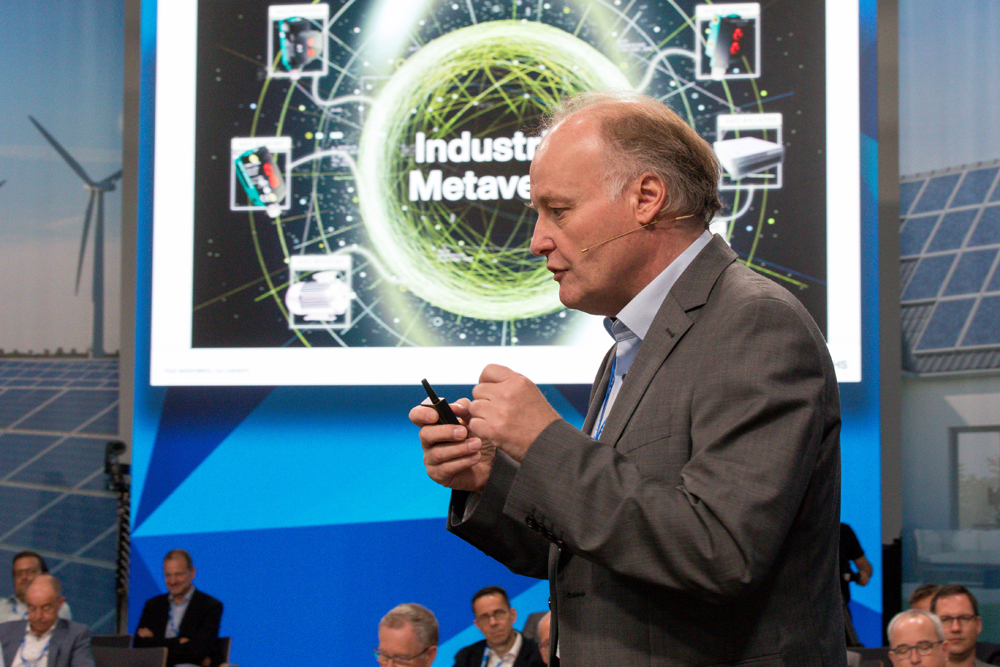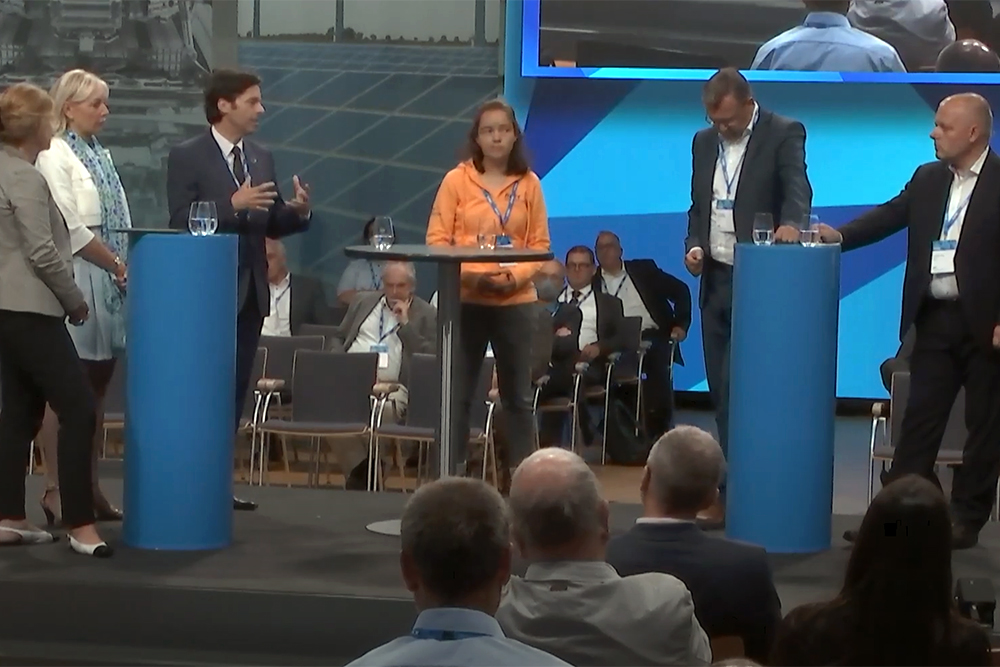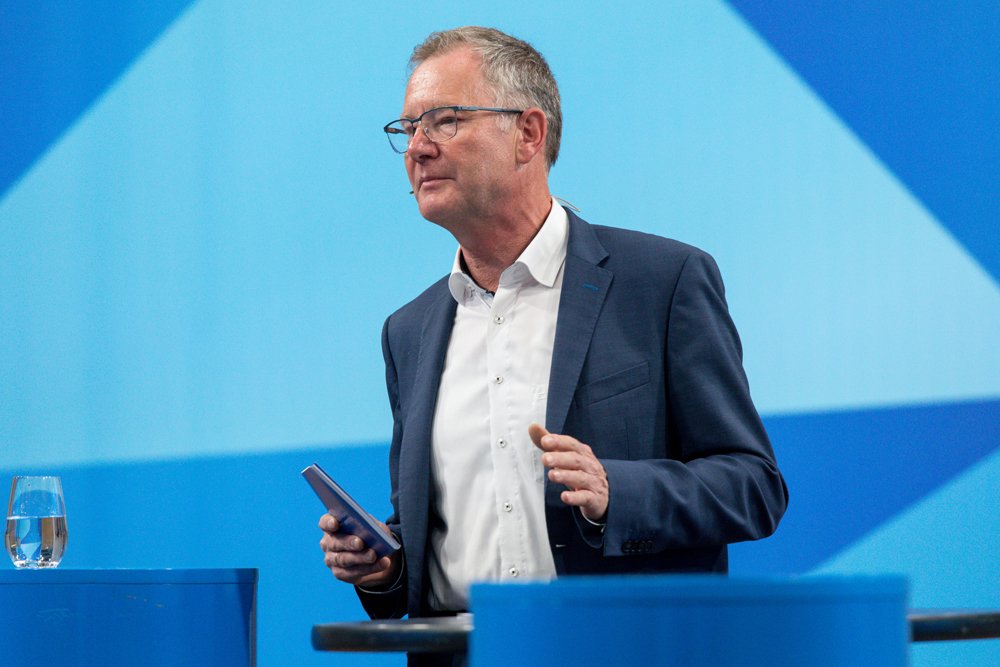The panel discussion at the DKE Innovation Campus is always an integral part of the agenda. This year, too, we were able to attract interesting guests in order to discuss content relating to the all-electric society and the sector coupling required to this end. The following represent the most important statements on the part of the participating discussion partners.
Kerstin Jorna, EU Director-General Internal Market, Industry, Entrepreneurship and SMEs (GROW): “We should focus on the important standards for energy transition. We need to pool our resources in the European single market. The EU Commission has therefore appointed a Chief Standards Officer. Standards are sexy because they minimize investment risk. We should better integrate young talent and start-ups into standardization processes.”
Prof. Dr. Kristina Sinemus, Hesse’s Minister for Digital Strategy and Development: “We have a gigabit strategy in Hesse: Schools and healthcare structures are to be connected to the fibre-optic network by the year 2022, and private households by 2030. We work according to the principle of ‘market before state’. Together with policymakers, the private sector steers and coordinates in one direction. Market-driven subsidy programmes and accelerated approval processes ensure that we achieve our goals faster.”
Philippe Metzger, Secretary General & CEO at the International Electrotechnical Commission (IEC): “The all-electric society is a crucial item in the strategy of the IEC. Efforts are needed at the international level for digitization. We need to get everyone on-board, including other continents. Our stakeholders must decide how to set up their standardization organizations. We are engaging the younger generation so that we can tackle climate change.”
Dr. Annette Frederiksen, Next Generation DKE and research engineer at Bosch: “Standardization has to become sexy. It should also be anchored in university instruction. Standardization organizations need a welcoming culture for the next generation, which can make an important contribution. The young generation is networked and has global contacts. Standardization organizations need to be more digital.”
Ansgar Hinz, CEO VDE: “We need a joint strategy on the part of policymakers, industry, and standardization organizations. Standardization works faster through trust and joint processes. There is no room for personal sensitivities. Climate change can only be won by getting the majority of people with factual information to become concerned.”
Christoph Winterhalter, DIN CEO and Vice President at ISO: “We have an exemplary structure for standardization processes in Europe. Public-private partnership has proven its worth. However, there is a need for even closer cooperation between national and international standardization work. At DIN, we need to analyse where we have an impact on climate change and revise these standards.”









































